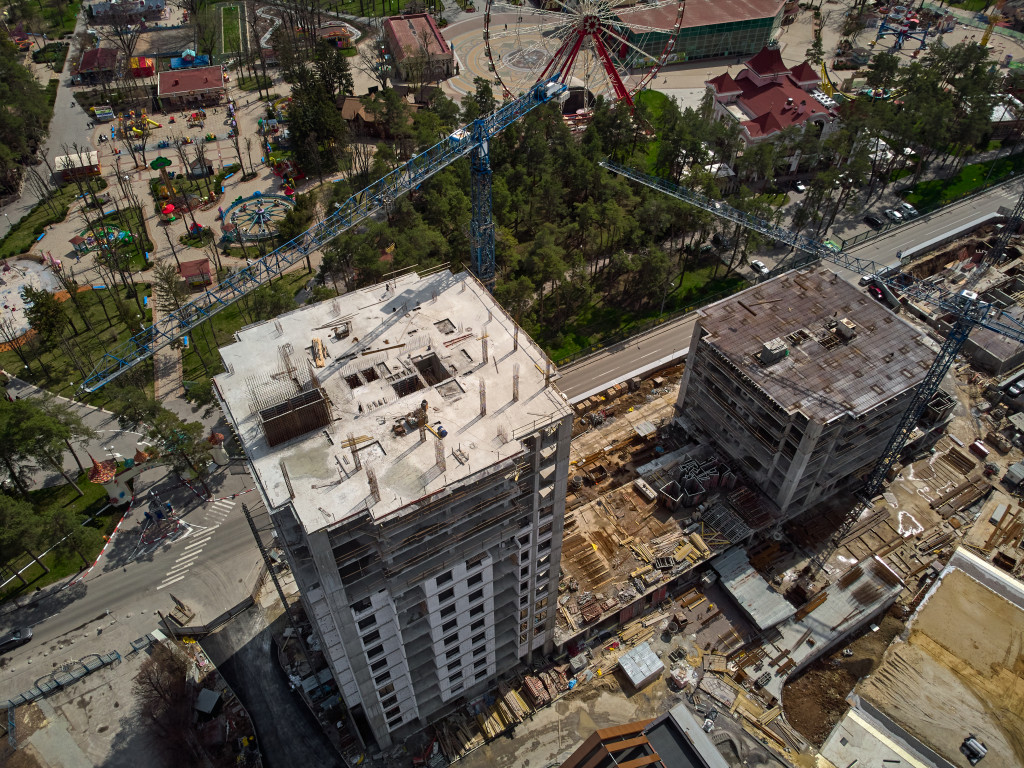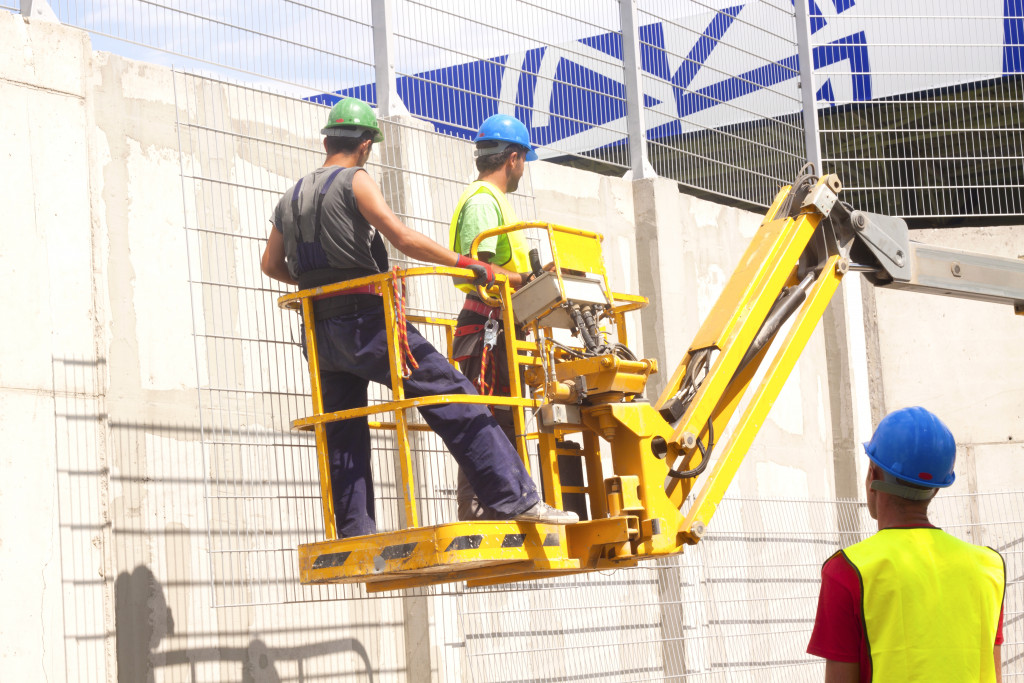Building and owning a building doesn’t end after you finish construction. It’s an ongoing process to ensure the tenants and users are safe. That’s why it’s crucial to observe building best practices because they ensure the safety of the people using the facility. They also help protect the structure of the building and prevent construction delays.
With that said, here are some best practices when building and constructing a facility you need to follow:

Remove Debris Left by the Previous Contractor
Whether for residential or commercial use, buildings require a certain level of maintenance to stay in good condition. One best practice is always to remove any debris left behind by the previous contractor. This includes nails, wood scraps, and metal pieces. Doing so can help avoid accidents and injuries on the job site.
Use the Proper Safety Equipment
Another best practice is to use the proper safety equipment when working on a construction site. Adequate safety equipment includes hard hats, safety glasses, and gloves. Wearing the appropriate safety equipment can help to prevent accidents and injuries. This way, you can stay safe while you work.
Be Aware of Your Surroundings
It is essential to be aware of your surroundings when working on a construction site. Awareness in this context means knowing where the power lines are and being aware of traffic and potential hazards. By being aware of your surroundings, you can help to prevent accidents and injuries.
Follow the Architect’s Plans
When building a structure, it is crucial to follow the plans that the architect has drawn up. The project architect designed these plans to ensure that the building is safe and up to code.
If you deviate from the plans, you will have an unsafe building that does not meet the code. A building full of workplace hazards can lead to accidents and injuries.
Don’t Cut Corners
When working on a construction project, it is vital to do the job right the first time. Cutting corners can lead to accidents and injuries. It can also lead to shoddy quality.
Taking shortcuts might save you time in the short run, but it can cost you more money in the long run. A defective building will be difficult, if not impossible, to sell or lease out.
Most property management firms refuse to manage a building that is not up to code. So, it is crucial to follow building and construction best practices to avoid costly mistakes.
Use Proper Tools and Equipment
Another best practice is to use the proper tools and equipment. This includes things like ladders, scaffolding, and power tools. Using the appropriate tools can help to prevent accidents and injuries.
It is also essential to ensure that the tools are in good working order. If a tool is defective, it could cause an accident.
Get the Right Permits
Before you begin any construction project, it is vital to get the proper permits. Your local authorities require these permits by state law, and these laws and governing bodies help ensure that the building is safe.
If you do not get the proper permits, the authorities can fine or even jail you. So it is vital to follow this best practice to avoid any legal problems.
Hire a Qualified Contractor
When you are ready to begin construction, it is crucial to hire a qualified contractor. The contractor should be licensed and insured.
The contractor should also have experience in the type of construction you need. By hiring a qualified contractor, you can help ensure that you do the job right.
Follow Environmental Requirements
When working on a construction project, it is essential to follow all environmental requirements. This includes things like disposing of hazardous materials properly.
If you do not follow the environmental requirements, you will face fines at the very least and jail time at the worst. So, it is crucial to be aware of these requirements and follow them.
Build Sustainably
Another best practice is to build sustainably. This means using environmentally friendly materials. It also means taking measures to conserve energy and water.
Many developers and builders have started outfitting homes and commercial buildings with solar panels and green roofs. These sustainable features can help save money on utility bills, and they can also help to protect the environment.
Following these best practices when working on a construction project should ensure the safety of yourself and others. Some of these practices include wearing the proper safety equipment, being aware of your surroundings, following the architect’s plans, and not cutting corners.
It is also essential to use the proper tools and equipment, get the proper permits, and hire a qualified contractor. In addition, you should follow all environmental requirements and build sustainably. By following these best practices, you can help to ensure that your construction project is a success.


